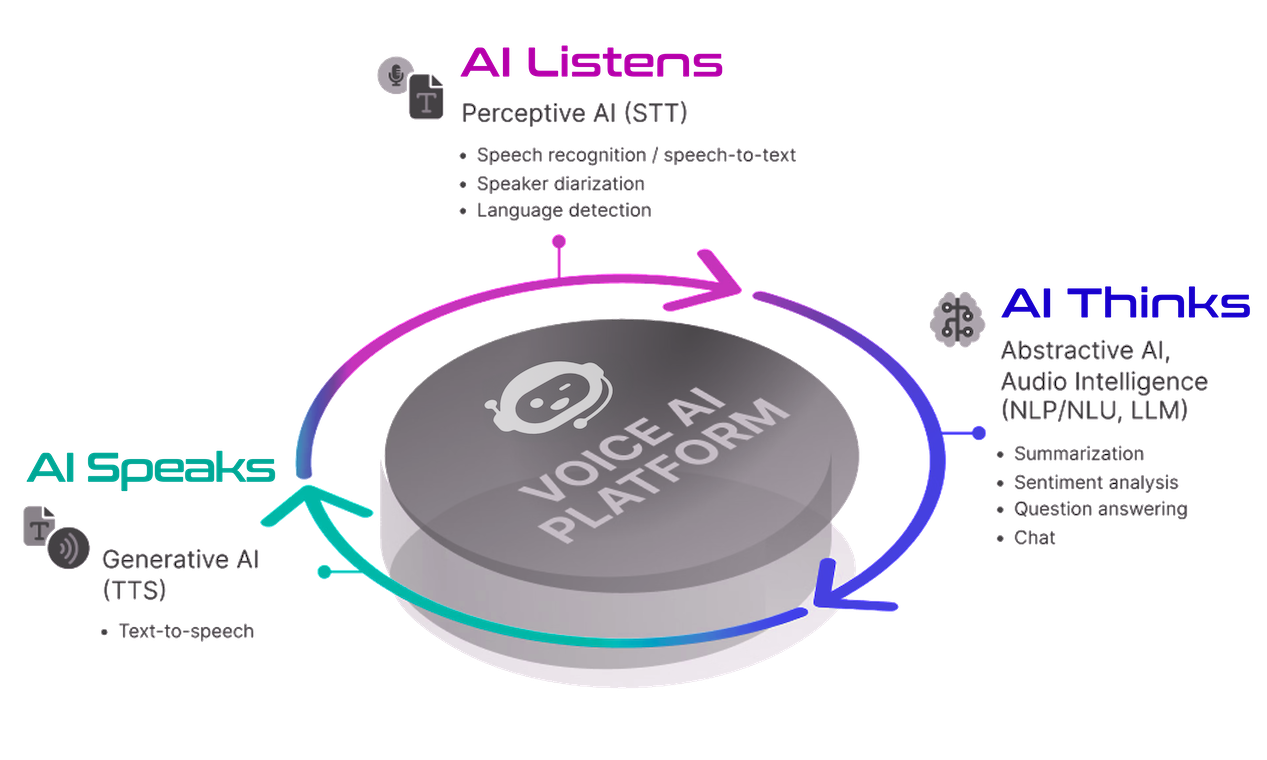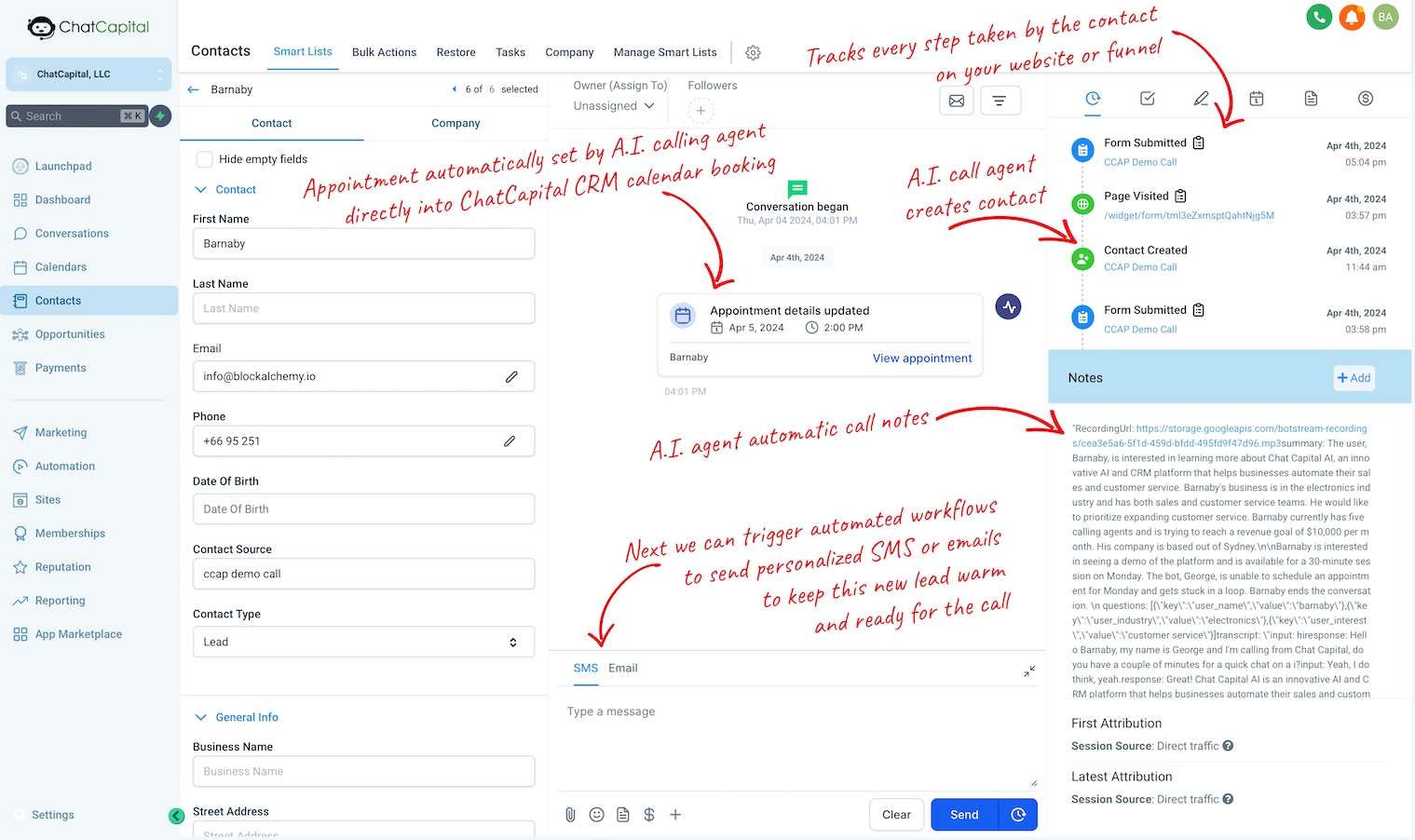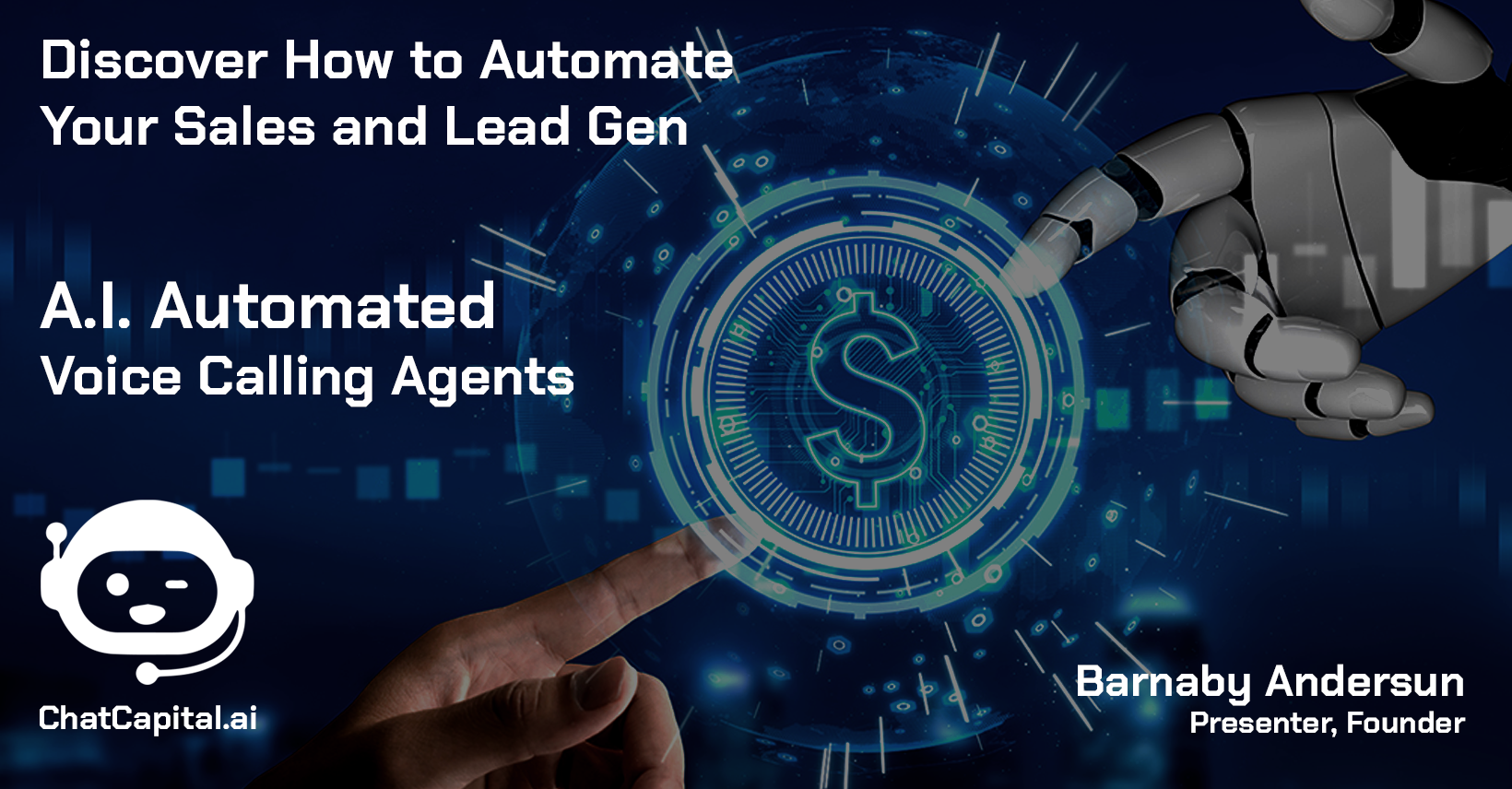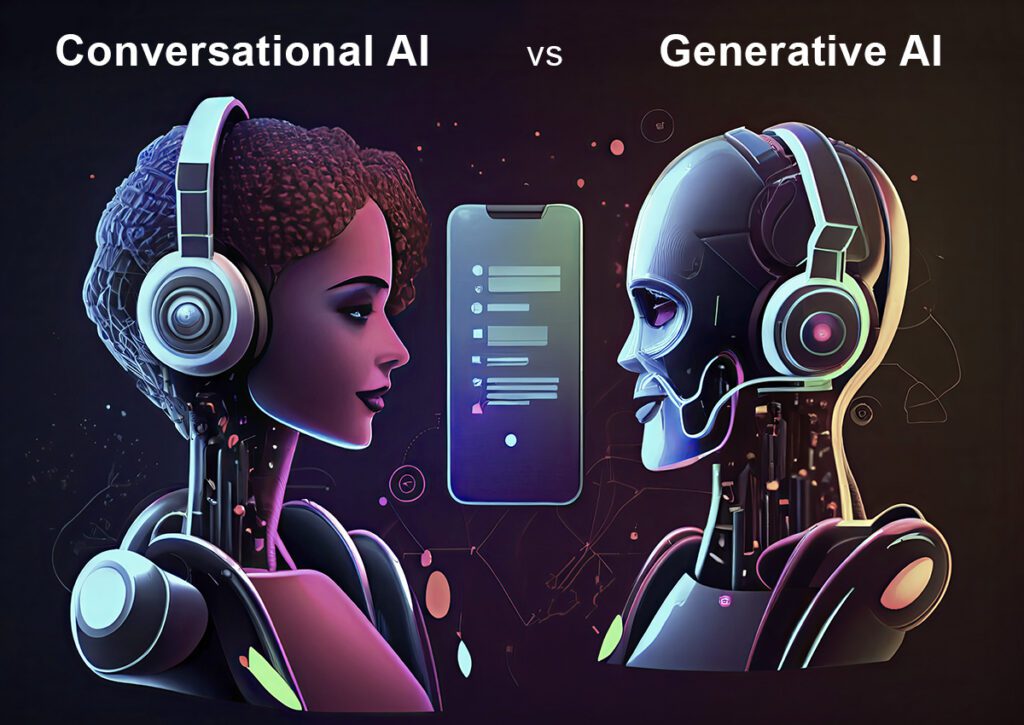The Core Technologies: TTS & STT
The concept of AI-powered voice systems has been a long-standing vision in the world of technology, with roots dating back to the early days of speech recognition research. The evolution of this technology has been a gradual process, marked by significant milestones and advancements over the years. Let’s take a look at how we got here!
In the realm of sales automation, AI-powered voice systems are at the forefront of transforming how businesses engage with their customers. Understanding the intricate technologies that underpin these systems, such as Text-to-Speech (TTS) and Speech-to-Text (STT) with Natural Language Processing (NLP) and Large Language Models (LLM), is crucial to grasping the mechanics behind their functionality and the impact they have on sales processes.
Well-Oiled Sales Machine with AI-Voice
The evolution of this technology has been a gradual process, marked by significant milestones and advancements over the years.
In the 1950s, Bell Labs introduced the “Audrey” system, which was capable of recognizing digits spoken by a single voice. A decade later, IBM unveiled the “Shoebox” machine at the 1962 Seattle World’s Fair, which could recognize 16 spoken English words in addition to the digits 0 through 9. These early systems laid the foundation for the development of speech recognition technology, setting the stage for more sophisticated systems to come.
Fast forward to the present day, and we have AI-powered voice systems that are revolutionizing sales outreach. These systems, such as those provided by ChatCapital which coupled with it’s powerful CRM enable businesses to connect with hundreds, thousands, or even hundreds of thousands of prospects with AI every day.
The core technologies behind AI-powered voice systems include Text-to-Speech (TTS), Speech-to-Text (STT), Natural Language Processing (NLP), and Large Language Models (LLM). TTS and STT are responsible for converting text into speech and vice versa, respectively, while NLP and LLM enable the system to understand and generate human-like language.
TTS and STT are made possible through algorithms that model the connection between linguistic units of speech and audio signals, as well as the matching of those sounds with word sequences to differentiate between similar-sounding words.
NLP and LLM, on the other hand, enable the system to understand context, sentiment, and intent, allowing for more natural and engaging conversations with customers.
It is integration of these technologies that has enabled AI-powered voice systems to automate lead qualification processes, engage with prospects in a personalized manner, and streamline sales workflows. By leveraging these systems, businesses can qualify leads more efficiently, reach prospects faster, and enhance the overall sales process.
The evolution of AI-powered voice systems has been a long and fascinating journey, marked by significant milestones and advancements in speech recognition technology. From the early days of “Audrey” and “Shoebox” to the present-day systems provided by ChatCapital, these technologies are here to transform the way businesses engage with their customers, enabling more efficient, personalized, and engaging interactions. As the technology continues to advance, we can expect even more innovative applications and capabilities in the realm of sales outreach and customer interactions.
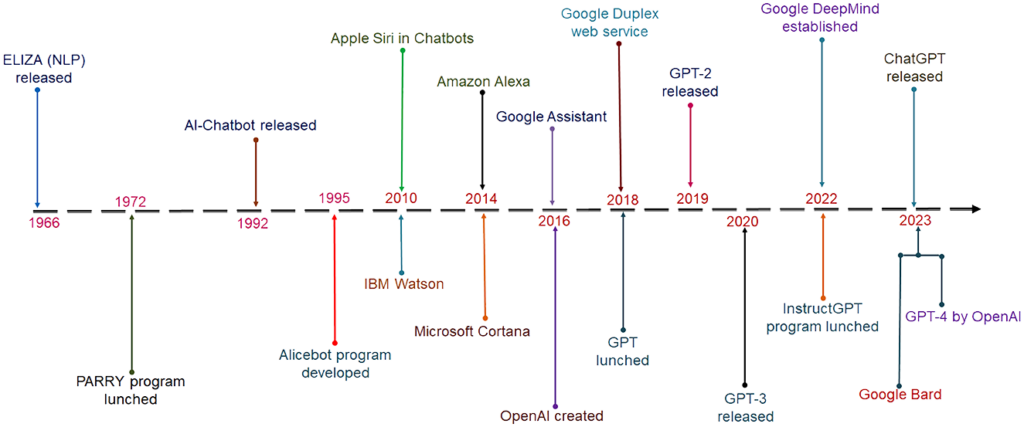
- Early speech recognition technology were with systems like “Audrey” and “Shoebox”
- The development of AI-powered voice systems that integrate with CRM platforms, enable businesses to connect with prospects and customers in a personalized manner
- The use of AI-powered voice systems for sales outreach, lead qualification, appointment setting, and customer support are a breakthrough that is now possible
- The integration of cutting-edge technologies like TTS, STT, NLP, and LLM in AI-powered voice systems are they technologies behind AI voice agents
- The customization and optimization capabilities of AI-powered voice systems, allow businesses to tailor their AI interactions to specific industry needs
- The role of AI-powered voice systems in reshaping the landscape of sales outreach and customer interactions
- The commitment of ChatCapital is to empower businesses with state-of-the-art AI-powered voice systems that drive success in the digital age.
Text-to-Speech (TTS)
Text-to-Speech technology converts written text into natural-sounding human speech, enabling AI-powered voice systems to respond to customer inquiries or orders with remarkably human-like voices. TTS plays a vital role in creating engaging and interactive conversations between customers and AI systems, enhancing the overall user experience
Speech-to-Text (STT)
Speech-to-Text technology, on the other hand, transcribes spoken language into written text, allowing AI systems to interpret requests, feedback, and queries spoken aloud by users. STT is essential for understanding and processing customer inputs, enabling AI systems to provide accurate and relevant responses.
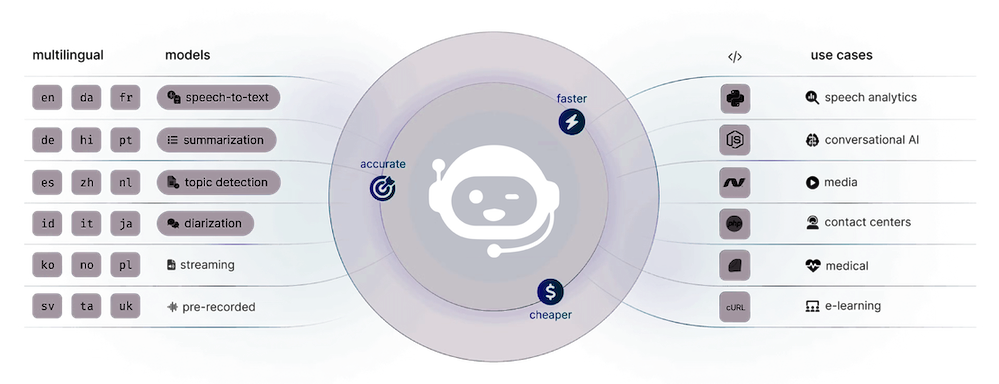
Natural Language Processing (NLP)
NLP is a branch of AI that focuses on enabling computers to understand, interpret, and generate human language. In the context of AI-powered voice systems, NLP plays a crucial role in processing and analyzing customer inputs, extracting meaning from text or speech, and generating appropriate responses. By leveraging NLP, these systems can engage in natural and contextually relevant conversations with customers
Large Language Models (LLM)
Large Language Models, such as Generative AI, are advanced AI models that can generate human-like text based on patterns and data inputs. LLMs enhance the capabilities of AI-powered voice systems by enabling them to infer understanding and intent from customer interactions, leading to more personalized and engaging conversations. These models contribute to the fluidity and responsiveness of AI systems, making interactions more natural and intuitive.
ChatCapital's Sales Automation
ChatCapital, a leading provider of AI-powered voice systems, integrates cutting-edge technologies like TTS, STT, NLP, and LLM to revolutionize sales outreach and customer interactions. By harnessing the power of these technologies, ChatCapital enables businesses to automate lead qualification processes, engage with prospects in a personalized manner, and streamline sales workflows.
Through seamless integration with platform CRMs, ChatCapital’s AI-powered voice systems qualify leads, set appointments, and provide 24/7 customer support, ensuring a consistent and efficient sales process. The customization and optimization capabilities of ChatCapital’s systems allow businesses to tailor their AI interactions to specific industry needs, enhancing the overall effectiveness of sales outreach efforts.

The Future of AI-Powered Voice Systems
As AI technologies continue to evolve, the future of AI-powered voice systems holds immense potential for further innovation and advancement. The integration of TTS, STT, NLP, and LLM in sales automation processes will drive increased efficiency, personalization, and customer engagement. Businesses that embrace these technologies stand to gain a competitive edge in the market by delivering exceptional customer experiences and driving sales growth.
In conclusion, the synergy between TTS, STT, NLP, and LLM in AI-powered voice systems is reshaping the landscape of sales outreach and customer interactions. ChatCapital’s commitment to leveraging these technologies underscores its dedication to empowering businesses with state-of-the-art solutions that drive success in the digital age. Embracing AI-powered voice systems is not just about automation; it’s about creating a well-oiled sales machine that delivers results and fosters lasting customer relationships.

